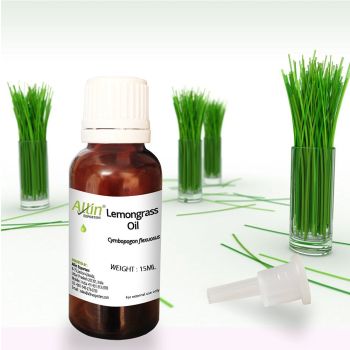Star Anise Oil

Get In Touch With Us
Star anise oil is botanically known as Illicium
Belonging to the Magnolia family, the tree of Star anise is a medium to small evergreen tree that is able to reach to the height of 26 ft (8m). The axillary flowers are yellow and the leaves are lanceolate. The fruits of this tree before they ripe are harvested, and after harvesting they are dried in the sun.
From the ancient times Star anise seeds were chewed after each meal in small quantities to support in the process of digestion. This tree is a sacred tree of the Japanese as they plant this tree on their tombs and in their temples too.
Star anise oil is botanically known as Illicium verum. It is extracted from fruits and belongs to Illiciaceae family. In the East the seeds of star anise have been used as a spice, and also as an stomachic, carminative, diuretic, stimulant, treating rheumatics, and also in treating indigestion.
.
It is extracted from fruits and belongs to Illiciaceae family.
| Botanical Name | Illicium verum |
|---|---|
| Origin | Star anise oil is native to China. |
| Method of Extraction & Part of Plant Used | Star anise oil is extracted from the fruits by steam distillation method. |
| Properties | This star anise oil is pale yellow in color. |
| Aroma | This oil has sweet and spicy aroma. |
| Integrants | The main components of Star Anise oil are foeniculin, linalool, limonene, cinnamyl acetate and nerolidol. |
| Therapeutic Properties | Star anise oil has several therapeutic properties that include carminative, digestive, stimulant and diuretic properties. |
| Blends Well With | Star anise oil perfectly blends with Rose, lavender, orange, and spicy oils. |
| Precautions | This oil should be completely avoided during pregnancy. |
We found other products you might like!
-
![Almond Oil]() Almond OilAs low as MRP. Rs 207.00 MRP. Rs 261.00
Almond OilAs low as MRP. Rs 207.00 MRP. Rs 261.00 -
![6 In 1 Aroma Diffuser Oil Pack]() 6 In 1 Aroma Diffuser Oil PackAs low as MRP. Rs 645.00 MRP. Rs 716.67
6 In 1 Aroma Diffuser Oil PackAs low as MRP. Rs 645.00 MRP. Rs 716.67 -
![3 in 1 Aroma Diffuser Ultrasonic Humidifier Air Purifier(DT-208) - 1000 ML]() 3 in 1 Aroma Diffuser Ultrasonic Humidifier Air Purifier(DT-208) - 1000 MLSpecial Price Rs 4,200.00 MRP. Rs 7,000.00
3 in 1 Aroma Diffuser Ultrasonic Humidifier Air Purifier(DT-208) - 1000 MLSpecial Price Rs 4,200.00 MRP. Rs 7,000.00 -
![Benzoin Absolute Oil]() Benzoin Absolute OilAs low as MRP. Rs 442.00 MRP. Rs 559.00
Benzoin Absolute OilAs low as MRP. Rs 442.00 MRP. Rs 559.00 -
![Rooh-Al-Oudh Attar]() Rooh-Al-Oudh AttarAs low as MRP. Rs 661.00 MRP. Rs 835.00
Rooh-Al-Oudh AttarAs low as MRP. Rs 661.00 MRP. Rs 835.00 -
![Lemongrass Oil]() Lemongrass OilAs low as MRP. Rs 217.00 MRP. Rs 275.00
Lemongrass OilAs low as MRP. Rs 217.00 MRP. Rs 275.00 -
![Cucumber Oil]() Cucumber OilAs low as MRP. Rs 251.00 MRP. Rs 316.00
Cucumber OilAs low as MRP. Rs 251.00 MRP. Rs 316.00 -
![Orange Oil Bitter]() Orange Oil BitterAs low as MRP. Rs 311.00 MRP. Rs 393.00
Orange Oil BitterAs low as MRP. Rs 311.00 MRP. Rs 393.00 -
![Aniseed Oil]() Aniseed OilAs low as MRP. Rs 225.00 MRP. Rs 285.00
Aniseed OilAs low as MRP. Rs 225.00 MRP. Rs 285.00
















